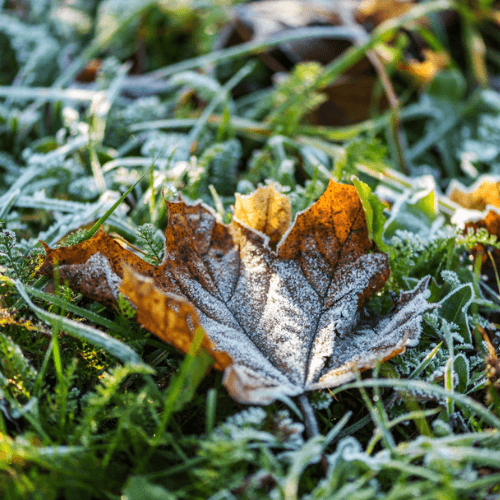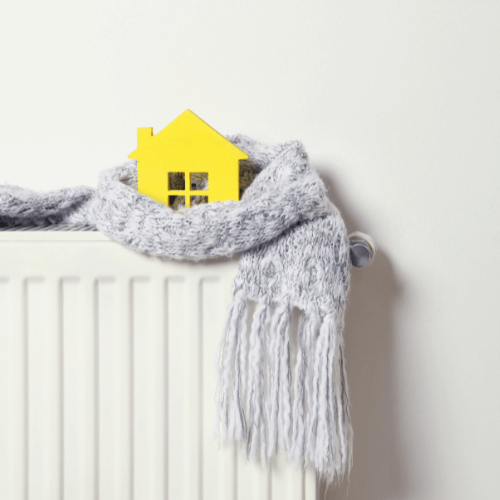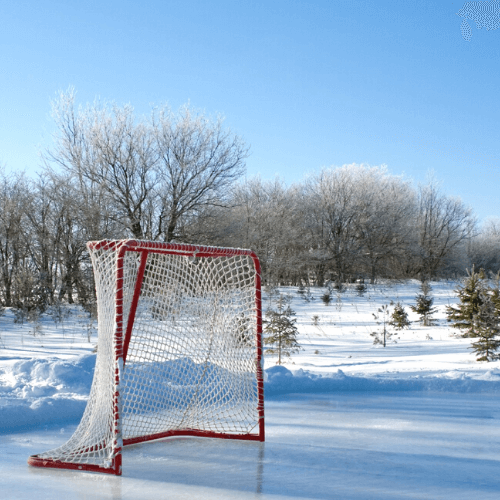Buying Guide: Snow Throwers
If there's one certainty about Canadian winters, it's SNOW! Proper snow clearing and removal is essential for winter safety. A reliable snow thrower is your best friend for large properties or driveways. Whether you clear snow with a snow thrower, shovel, or both, you can fi nd the right solution at KENT!
Snow Thrower vs. Snow Shovel
- Snow throwers will clear your driveway much more efficiently than shovels for heavy snowfalls. Although shovels don't have the same power as an electric or gas snow thrower, they're still necessary for clearing smaller areas like stairs, narrow walkways, and decks.
- Snow throwing is safer and less strenuous than shoveling, making it a more appealing option for many. Did you know that shoveling is responsible for many winter accidents? Proper shoe grips, salt/sand , and proper stretching are all crucial factors in preventing slips and strains from heavy snow removal.
- Snow thrower cab attachments protect against blowing snow or ice, and numerous ergonomic shovels are available for smaller areas. You'll likely need a combination of snow and ice removal gear. Check out KENT.ca to shop our selection!


Choosing a Snow Thrower
- The critical distinctions between snow thrower models are size/height, power, and throwing distance. A powerful snow thrower will quickly clear many centimetres of snow in areas with heavy snowfall or large properties.
- Features like electric starts, headlights, and steering assistance contribute to extra utility and ease of use. Your local KENT expert can assist you in finding a suitable model for your property and comfort level.
Two-Stage Models
- Two-stage models are best suited for snow up to 18" and are bigger and sturdier than single-stage or electric throwers. They will also clear ice and can be used on any driveway because the auger paddles do not touch the ground. For most Atlantic Canadians, a two-stage model will get the job done.


Three-Stage Models
- Three-stage models will give you the most power to clear even the largest snow drifts. Large, efficient options offer beneficial features like heated grips and power steering (Some two-stage models also have these features). Heavy-duty three-stage throwers will make big tasks easy and even fun!
- Three-stage snow throwers remove more heavy, wet snow in less time than similar two-stage machines. The third-stage accelerator spins 10 times the speed of the augers, breaking down the wettest, heaviest snow before throwing it out of the chute. It also minimizes clogging in the chute, letting you complete your work faster.


Battery-Powered Models
- Battery-powered snow throwers are an environmentally friendly option due to zero emissions and lower noise pollution. Some notable features include the following:
They do not require spark plugs or air filters, resulting in less maintenance. They are lighter, quieter, and easier to start. They run on rechargeable lithium-ion batteries. - Battery-powered snow throwers, like those in the Ego line, are more compact and easier to store in garages or sheds because they do not require fuel. Batteries can degrade over time and may need replacement after several years.
- These battery-powered models suit light to moderate snow conditions and smaller areas. While they may not be as powerful as gas-powered models, they are a perfect option for those with smaller properties interested in environmentally friendly products.


Snow Thrower Best Practices
- Only use your snow thrower on surfaces suitable for your model: Smaller models may be dangerous to use on gravel or uneven driveways.
- Stay on top of snowfalls: To avoid a major pile up, try to snowblow once ~6’ of snow has fallen.
- Avoid obstacles: Before winter arrives, put away any obstacles that might impede your snow clearing. Dog leashes, lawn ornaments, or flower beds are easily concealed by snow and can be dangerous encounters for a snow thrower.
- Proper operation of your snow thrower will prevent any clogging or damage. Don’t attempt to clear too-large sections, carefully break up icy spots before clearing, and never blow snow onto vehicles, your home, or people.
- Use fuel designed for winter use to ensure easy starting and operation.
- Always follow manufacturer recommendations for maintenance, fuel use, and protective equipment.






